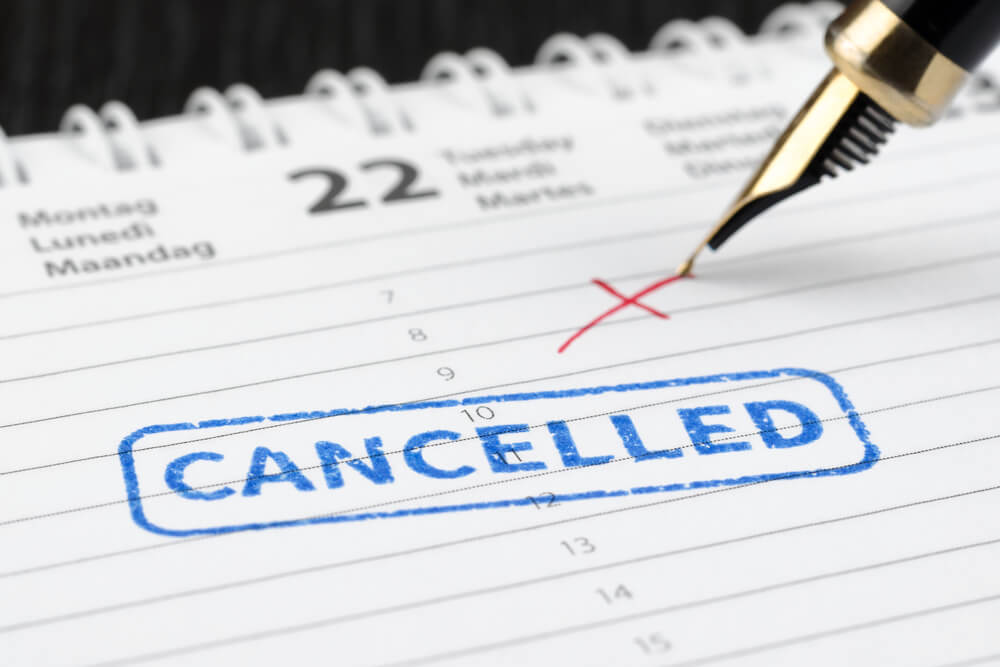There is no magic solution for eliminating no-shows. However, by showing empathy towards your patients and leveraging technology at your practice, you can considerably reduce their incidence.
Patient no-shows are a downright recipe for increased costs. According to a study, the healthcare industry loses around $150 billion to patient no-shows every year. This is equivalent to about $200 in co-pays, reimbursements, and overhead for every unfilled one-hour time slot.
Providers are always striving hard to prevent no-shows. They devise and implement strategies that help reduce the number of no-shows at their practice. However, the majority of these tactics are unfriendly, such as double-booking and charging fees. What is imperative is that the providers put themselves in the shoes of their patients to understand why they might have missed their appointment. Therefore, although no-shows certainly are annoying as well as costly, showing empathy towards the plight of the patients can eventually lead to providers finding better solutions to patient no-shows.
Here are five of the most common reasons for patient no-shows and how can you tackle the situation:
Patients Don’t Have the Transportation to Visit
The majority of the patients have to miss their appointments unwillingly because they don’t have a ride. As many as 3.6 million Americans have to cut their appointments every year because of a lack of transportation facilities. It would help if you were mindful that your patients might be relying on public transport to commute, and a regular bus route might be closed. Or they might be commuting through the subway, and there might be a delay there. Or maybe a friend who had promised them a ride bailed out last moment. A plausible solution then is to collaborate with a popular rideshare company to prevent no-shows. The patients can log into the platforms of the rideshare company to request a ride to their provider.
Patients Forget About the Appointment
This is particularly true when the appointments are scheduled for weeks or months later. Patients can easily forget that they have an appointment when appointments are scheduled so early in advance. It is then crucial to send out appointment reminders. The providers can send out automated emails or text reminders to the patients a few days before the appointment date. This feature can be built into their EHRs without adding additional work to the front-end staff.
Patients Can’t Connect on Phone
It might be the case that the patient wants to reschedule their appointment or inform the provider about their last-minute cancellation but are unable to connect to the practice’s phone. The practice’s lines might be busy elsewhere. To counter this, the provider can turn to online appointment scheduling platforms. Online scheduling of appointments allows the patients to view available slots and chose theirs according to their convenience. The providers can significantly reduce patient no-shows through automated scheduling, while the burden on the front desk staff is also considerably reduced. So, it’s technically a win-win for everybody.
Patient Mindset: It’s Not a Big Deal
Unfortunately, many patients don’t understand the ramifications of a missed appointment for the provider’s practice. For them, it’s not a big deal if they don’t show up for their appointment; they can perhaps do it later and at a more convenient time. In such a situation, it is advised that the providers educate their patients on the financial impact of a no-show on the practice as well as the negative impacts on other patients seeking care. It’s just like educating your patients about the importance of medication adherence.
Patents Are Short on Funds
The cost of healthcare is considerably increasing, and it might be no surprise if your patients are unable to pay out-of-pocket expenses of seeking care. This might put the patients in an awkward situation of choosing between getting care and meeting other financial responsibilities. The solution then is to make patients understand their insurance plans. Help them know how much they will owe for a specific service and how much they will be reimbursed for. Also, educate them on which care they need versus which care they can delay. This will help them feel more obligated towards taking appointments more seriously and prioritize care over other responsibilities.
There is no magic solution for eliminating no-shows. However, by showing empathy towards your patients and leveraging technology at your practice, you can considerably reduce their incidence.

Join the Discussion!